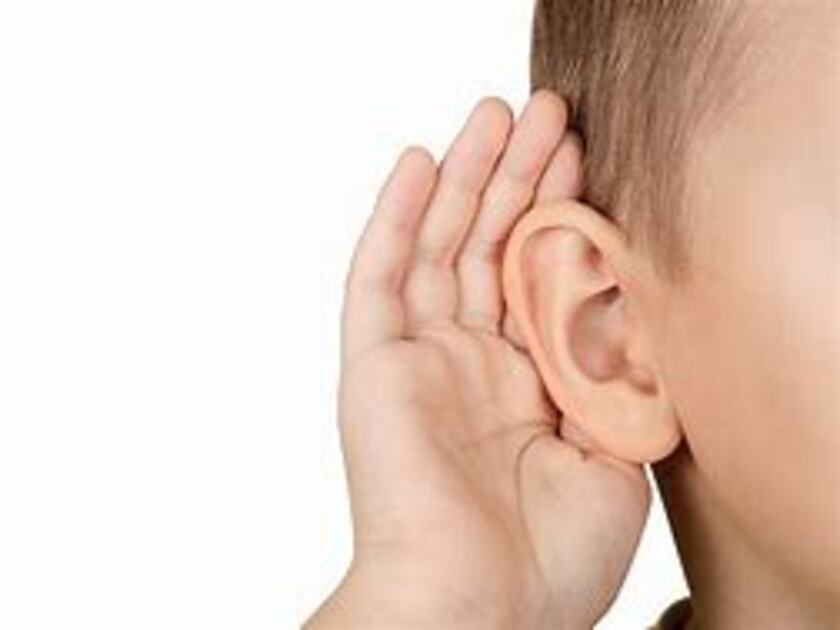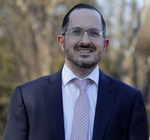
The call came in at 2:05 a.m. The 911 operator who took the call was a veteran of many years. He intoned with a mixture of compassion and authority, “Do you have an emergency?” But the caller couldn’t talk. Over the phone line came choking sobs. To the operator it sounded a bit like gasps for air. Or was it shock and panic that the operator was hearing? The sobbing, gasps, and attempts to talk in a hushed tone continued, leaving the operator baffled.
Clearly there was an emergency. But despite years of training, it was impossible for him to tell what type of emergency it was. Was it a person in the throes of physical or mental crisis? the operator wondered. Or was this a mass casualty event, and the caller was the lone survivor, suffering from shock and pleading for help?
Identifying the caller’s location through EMS tracking, the operator responded in the only way he felt he could. He called for a city-wide multi-disciplinary response.
Within seconds, sirens could be heard and emergency lights seen throughout the city. The night was lit up as every available unit was activated to respond to the crisis. Police, fire, paramedics, SWAT, hostage negotiators, the National Guard, and, of course, Hatzolah all arrived, ready to do whatever needed to be done. Command of the emergency was assigned to a well-respected lieutenant. The strategy for the entire operation fell squarely on his shoulders. The first question was, “How would they enter the building?” There were a lot of choices.
The fire department instinctively favored raising a hydraulic ladder to the second story and breaking through the windows to the most likely location of the crisis. The SWAT team favored placing controlled explosives by one of the doors and blowing their way into the building. The paramedics pulled out their much quieter but equally efficient equipment, capable of forcing the doorposts apart and removing the door in less than a minute. All eyes turned to the lieutenant waiting to see which method he would favor.
The lieutenant gazed at the yard and surveyed the mass of talent and firepower at his disposal. He turned to those closest to him and calmly asked, “Did anyone try the front doorknob?”
Remarkably, the door was unlocked, and the rescue units were able to enter the building to provide the much-needed assessment and support.
* * *
This story, which lingers in my mind from a true event many years ago, can serve as a metaphor for situations in which a person we encounter is experiencing great pain or trauma but can’t necessarily identify or articulate what solution to ask for. It could be a marriage that has deteriorated and is very challenging to unravel, or a myriad other situations and relationship fallouts that produce feelings of shock and trauma. There are times that a person might simply be at a total loss for words.
Those around this troubled person are deeply committed to harnessing every talent at their disposal to help. Yet, until there is a conversation, we simply don’t know how to help. In fact, the best way to help may actually be a conversation – if we can get that conversation going. The solution might not need the drama of hydraulic equipment and explosives. The solution might involve having the courage to open the front door, a metaphor for the invitation to talk, as we create the safe space necessary to have a conversation.
But what kind of conversation are we looking to have?
The Talmud (c. 550; Yoma 75a) tells us, “If there is a worry in your heart, tell it to another person.” Rashi (1040-1105) comments, “Maybe the listener will suggest a solution.” I believe this passage is referring to what is known today as empathetic listening.
In most interactions we are accustomed to have conversations that are fact oriented. When we ask a question of an expert, we provide facts and expect a clear directive as a response. To give an example from my own culture and rabbinic experience: If someone who observes kosher cut a radish with a dairy knife and asks if he or she can now use the radish to season a meat dish, the person expects an answer. If the rabbi declined to respond, and instead asked, “Well, how does that make you feel?” we might wonder about the rabbi’s ability to field the question. We are accustomed to asking questions and receiving answers.
Indeed, even in the case of a worry and emotional breakdown, it is possible to respond in a very factual way. If a person is worried or shaken, we can try logic and give them all kind of reasons why they should not take things to heart and should not be concerned. We can talk to people about faith. We can quote statistics about how insurance companies make their money playing on unfounded fears. We can even pontificate about how worry drains us needlessly.
Yet there is a totally different kind of response, a type of conversation that can be used when a person is emotionally shaken. It works wonders to help the person sort things out. It is a conversation that does not involve giving advice or making moral judgments. Rather, it is mostly about listening.
I do not mean listening just enough to know when it is the listener’s turn to talk. It is not a conversation where the listener’s responses are mechanical affirmations just to get the process over and done with. Rather, I am describing a conversation in which the listener truly listens and is there with the person who has finally gathered the courage to speak. Such a listener provides an amazing service to the person who is speaking. He or she gives the speaker the gift of being heard – allowing the speaker to fulfill the advice, “If there is a worry in your heart, tell it to another person.” This kind of conversation is remarkably effective in helping a person to process and to heal. It allows a person to dig inside themselves and begin to see solutions on their own.
Rashi is known for his cryptic style of sharing wisdom. When he writes, “Maybe the listener will suggest a solution.” he chose his words very carefully to capture the essence of empathetic listening. The key word is “maybe.” As long as listeners understand that they are playing the role of “maybe,” curiously exploring the issues together with the speaker, they can provide effective help by listening. The minute they transition into having the answers and giving advice, they have left this vital role of empathetic listing. “Maybe” is not just a logistical thing – that perhaps the listener will be able to suggest a solution. “Maybe” describes an essential – and humble – style of listening that makes empathetic listening effective.
Sometimes the speaker might ask, “What would you do in such a situation?” To be sure, sometimes a listener might need, at some point, to take responsibility in the conversation and give advice. But we must recognize that once that starts, the conversation has changed from listening to mentorship. The wise listener should evaluate if it is really time to switch out of this very effective conversation style called empathetic listening and become a mentor. Has the talker truly exhausted the process, or is he perhaps asking for a gentle prompt of possible solutions that will help continue the process. Alternatively, the talker may be begging for validation of how difficult their situation is. So, when a speaker asks, “What would you do in this situation?” the listener might consider how best to respond. Instead of ending this valuable conversation quickly by giving a wise solution, it might be more useful to suggest, in the tone of “maybe,” different possibilities that some people might consider to step forward.
There are times in life when we encounter a person who is at a loss for words. The pain is clear, but we do not know exactly what the problem is or how to respond. When we set up safe space and allow the person to talk, we enable him or her to process and share what they are experiencing. Remarkably, if we listen well, we can actually provide significant assistance in the healing process.
Mordechai Rhine is a certified mediator who specializes in marriage mediation. He is based in Baltimore, Maryland, and services clients throughout the United States via Zoom. Rabbi Rhine has served as a community Rabbi for over two decades. He can be reached through his website, www.care-mediation.com, or by email at RMRhine@gmail.com.
 Previous
Previous

